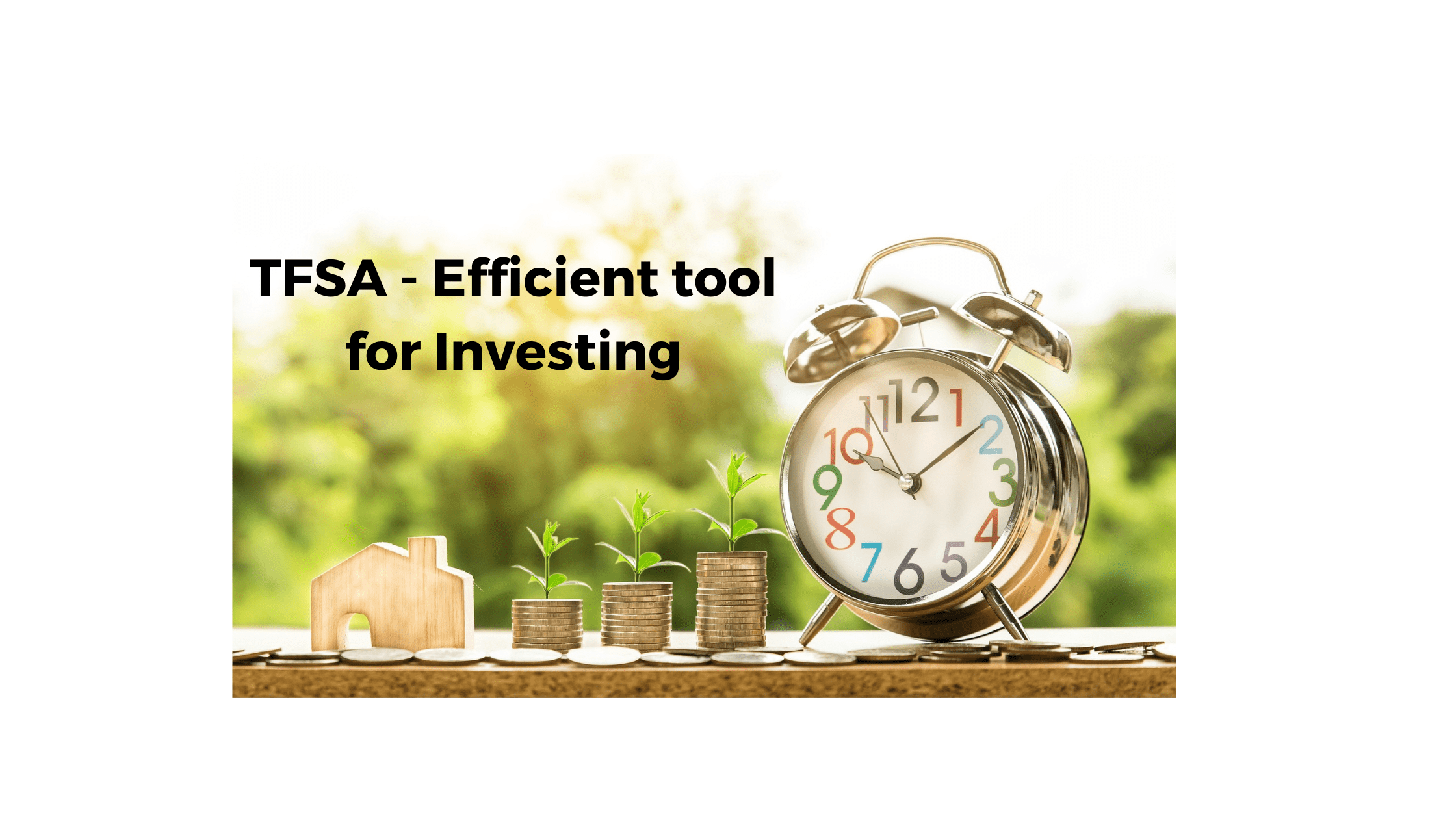A Tax-Free Savings Account (TFSA) is a popular investment vehicle for Canadians who want to save money without paying taxes on their returns. It’s a great option for those who want to invest their money, but don’t want to pay taxes on their earnings.
- How to Invest in TFSA:
- Best Options to Invest in TFSA:
- Key Benefits and Limitations of TFSA:
- Limitations:
- FAQs:
- Q1: How much contribution can be done to a TFSA?
- Q2: Can I have more than one TFSA?
- Q3: Can I withdraw money from my TFSA and then contribute it back later?
- Q4: Are there any fees associated with opening a TFSA?
- Q5: How can we open a TSFA account for child ?
- Q6: Are there any restrictions on what I can invest in within my TFSA?
- Q7: What happens if I exceed my TFSA contribution limit?
- Conclusion:
How to Invest in TFSA:
Opening a TFSA is easy, and it can be done through most financial institutions. You will need to provide your social insurance number, proof of identity, and some personal information to open the account. Once you have the account, you can invest your money in a variety of options, including:
Stocks and Bonds: You can purchase individual stocks or bonds through a broker or online trading platform. This can be a good option for those who want to invest in specific companies or industries.
Mutual Funds: Mutual funds are a collection of investments managed by a professional fund manager. They can provide diversification and can be a good option for those who want to invest in a variety of companies or industries.
Exchange-Traded Funds (ETFs): They can be traded like stocks, very similar to mutual funds. They can be a good option for those who want to invest in a particular sector or industry.
GICs and High-Interest Savings Accounts: These are low-risk investments that provide a guaranteed return. They can be a good option for those who want to earn a higher interest rate than a regular savings account.
Best Options to Invest in TFSA:
The best option for investing in a TFSA will depend on your investment goals, risk tolerance, and investment knowledge. Some of the best options for investing in a TFSA include:
Low-Cost Index Funds: A particular market index is tracked by this funds. They provide diversification and have lower fees than actively managed funds.
Dividend Stocks: These stocks pay out a portion of their earnings to shareholders in the form of dividends. They can be a good option for those who want to generate income from their investments.
Balanced Funds: These funds invest in a mix of stocks, bonds, and other investments. They can provide a good balance of growth and income.
Real Estate Investment Trusts (REITs): These trusts invest in real estate properties and generate income from rent. They can be a good option for those who want exposure to the real estate market without owning a physical property.
Key Benefits and Limitations of TFSA:
Benefits:
Tax-Free Earnings: TFSA earnings are not taxed, which means you get to keep all the money you earn.
Flexibility: You can withdraw your money from a TFSA at any time without paying taxes or penalties.
Contribution Room: Unused contribution room can be carried forward to future years, which means you can contribute more in the future.
No Age Restrictions: Unlike RRSPs, there is no age limit for contributing to a TFSA.
Limitations:
Contribution Limits: There are annual contribution limits, and exceeding them can result in penalties.
No Tax Deductions: Unlike RRSPs, TFSA contributions are not tax-deductible.
Investment Risk: As with any investment, there is always the risk of losing money.
Not a Retirement Account: While a TFSA can be used for retirement savings, it is not specifically designed for retirement.
FAQs:
Q1: How much contribution can be done to a TFSA?
A: The annual contribution limit is indexed to inflation and is currently $6,000.For Some Additional reading.
Q2: Can I have more than one TFSA?
A: Yes, you can have multiple TFSAs, but your total contributions cannot exceed the annual limit.
Q3: Can I withdraw money from my TFSA and then contribute it back later?
A: Yes, any withdrawals from your TFSA will increase your contribution room in the following year. This means you can contribute the same amount back later without penalty.
Q4: Are there any fees associated with opening a TFSA?
A: Some financial institutions may charge fees for opening or maintaining a TFSA, but many offer them for free. It’s important to read the fine print and compare fees across institutions.
Q5: How can we open a TSFA account for child ?
A: Not all, only individuals who have reached the age limit can open a TFSA. However, you can give money to your child to contribute to their own TFSA once they are of age.
Q6: Are there any restrictions on what I can invest in within my TFSA?
A: While there are no specific restrictions on what you can invest in within a TFSA, some financial institutions may limit your investment options. It’s important to check with your institution before opening a TFSA.
Q7: What happens if I exceed my TFSA contribution limit?
A: If you exceed your TFSA contribution limit, you will be charged a penalty tax of 1% per month on the excess amount until it is withdrawn. It’s important to monitor your contributions to avoid penalties.
Conclusion:
In conclusion, a TFSA is a great option for Canadians who want to save and invest their money tax-free. With a variety of investment options available, it’s important to choose the option that best suits your investment goals and risk tolerance. While there are some limitations and penalties for exceeding contribution limits, the benefits of tax-free earnings and flexibility make a TFSA a valuable tool for saving and investing.

